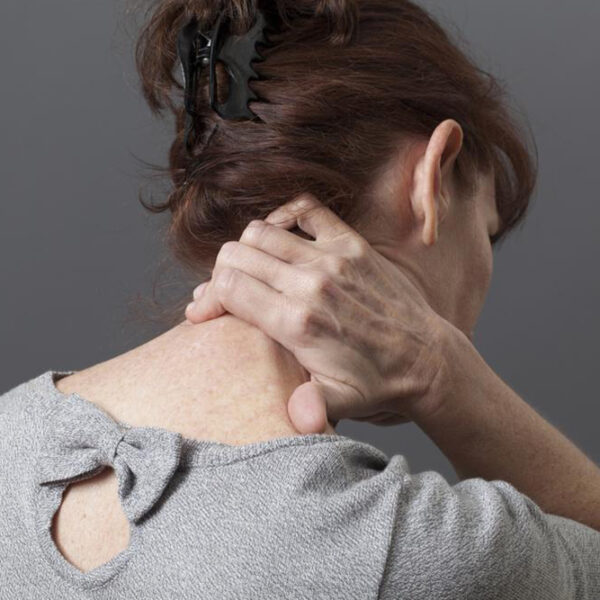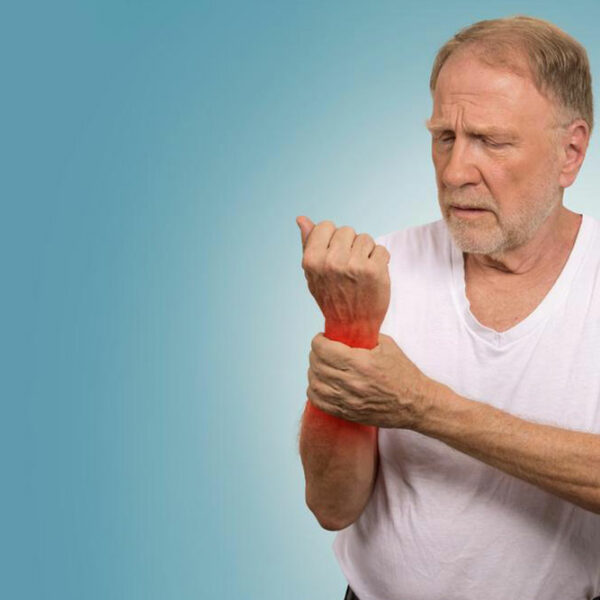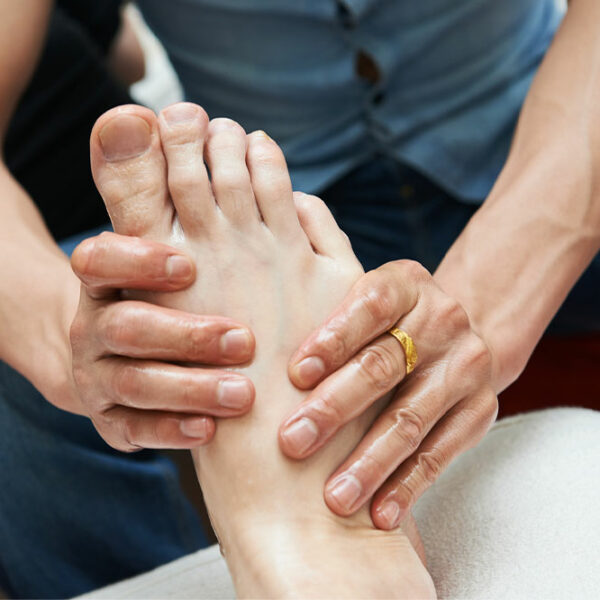
How to tackle excessive sweating
All human beings sweat to varying degrees. As matter of fact sweating is a means for the body to cool down. The perspiration evaporates and in doing so it cools the body. The drier and the hotter the atmosphere, the more effective is the cooling effect of perspiration. That is why one doesn’t not sweat a lot or feel the need to sweat in very hot and dry weather. However, there are some unfortunate souls who drip sweat or even soak their clothes wet with their sweat. Some sweat under their arms, some drip sweat from their palms and end up soaking the paper on which they keep their hand to write. There are yet others who soak their socks wet, leading to smelly feet as well. In fact, some 3% of Americans are said to suffer from this condition which is called hyperhidrosis in medical terminology. These types of excessive sweating in localised sweating is called Focal or Primary hyperhidrosis. This type of excessive sweating is Idiopathic and there is no known reason as to why someone sweats excessively in specific places. Since there are no discernible causes for this excessive sweating, it is more of a social problem and cause of embarrassment rather than a medical issue.









